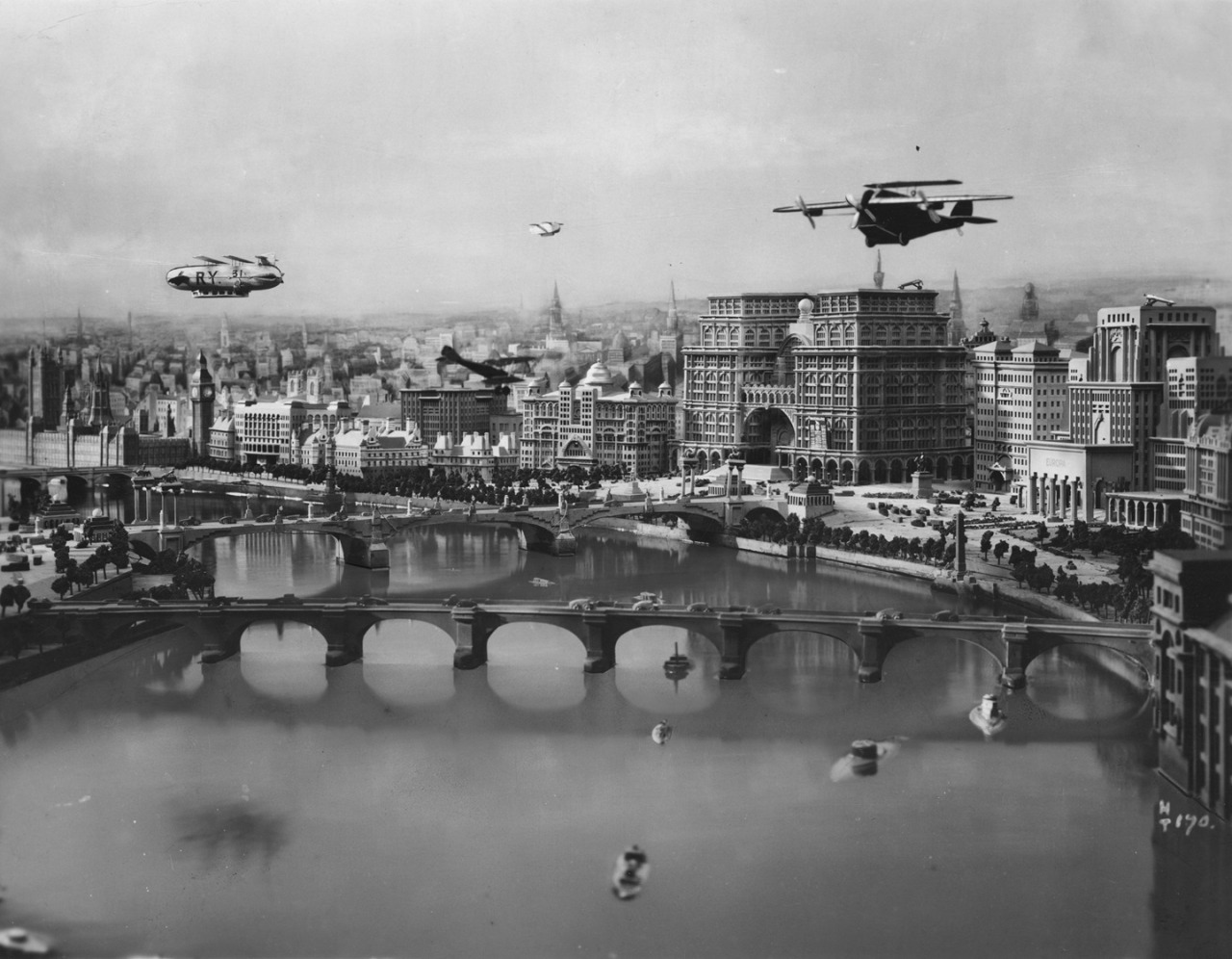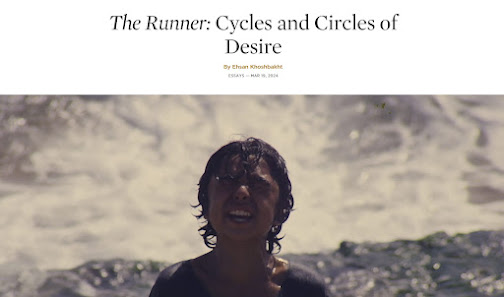During its golden age, Columbia Pictures produced some of American cinema’s most iconic films across a panoply of varied styles and popular genres. In 1924, the relatively small-scale motion picture company Cohn-Brandt-Cohn rebranded itself as Columbia Pictures. This new studio would eventually feature, as its masthead and in the preamble before each film, the Lady with the Torch, the Statue of Liberty-like female figure who was, at first, draped nobly in the American flag and has become recognizable to film lovers everywhere.
Organized in partnership with the Cinémathèque suisse, The Lady with the Torch will present the studio in all its glory, shining a light on lesser-known genre filmmakers like Max Nosseck or William A. Seiter, as well as celebrating major auteurs like Howard Hawks, Frank Borzage, Fritz Lang, Frank Capra, George Stevens, and John Ford, who made some of their most characteristic as well as most surprising films while passing through the studio. So too did its movies do much to hone and define the screen presences of treasured stars like Rita Hayworth, Jean Arthur, Rosalind Russell, and William Holden, and lay the groundwork for the new era of more intensely psychological acting that would come to dominate in the 1950s, working with a new generation of directors coming from the theater, such as Joshua Logan. Columbia Pictures was the home – intermittent or otherwise – of figures as diverse as Boris Karloff, the Three Stooges and George Cukor, Ben Hecht and William Cameron Menzies. Notably, it is also where Dorothy Arzner, one of only two female filmmakers to work in the classical era of Hollywood, produced some of her most pioneering works. It is to this varied spectrum of artists, performers, and beloved figures of fun that the Festival pays tribute.
.jpeg)



_da%20UCLA%20(2).png)




